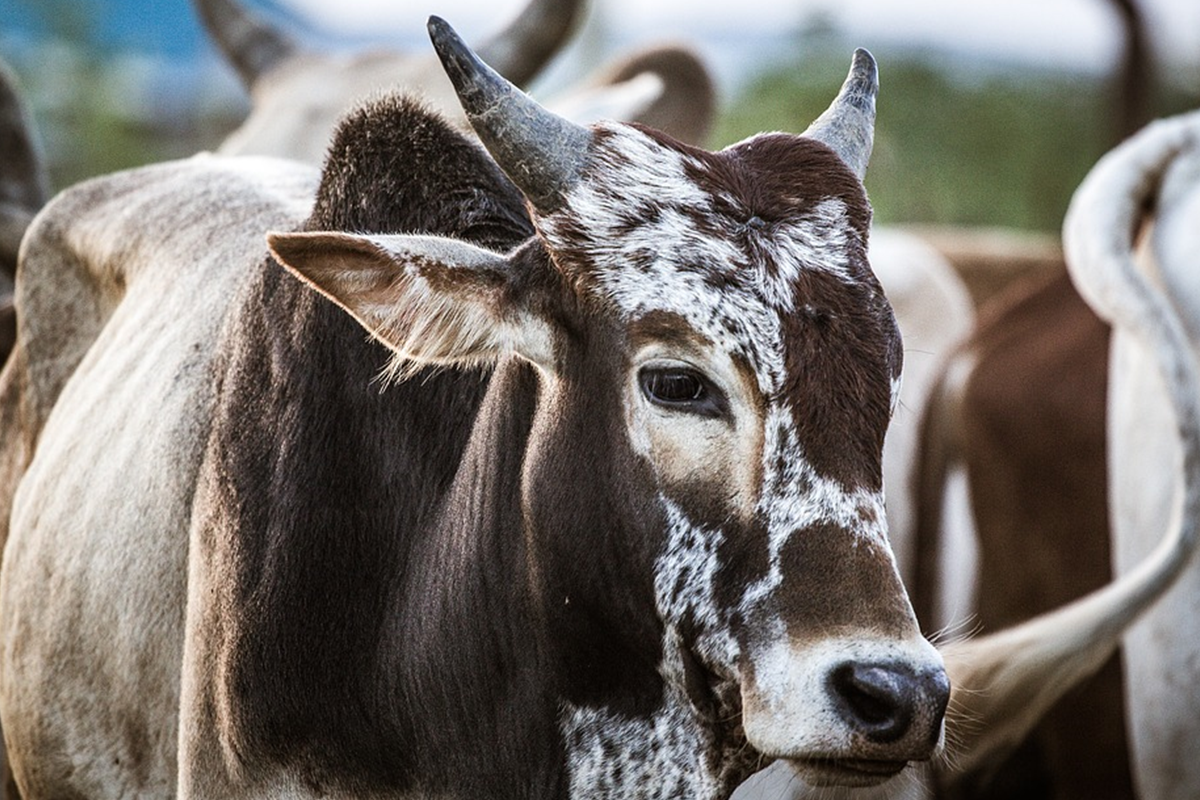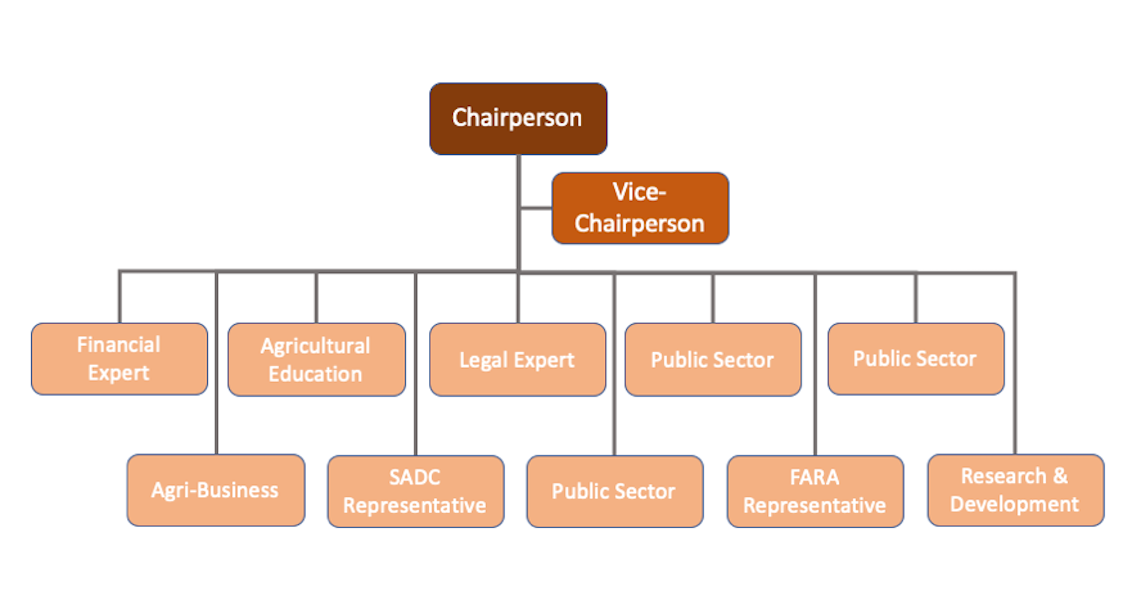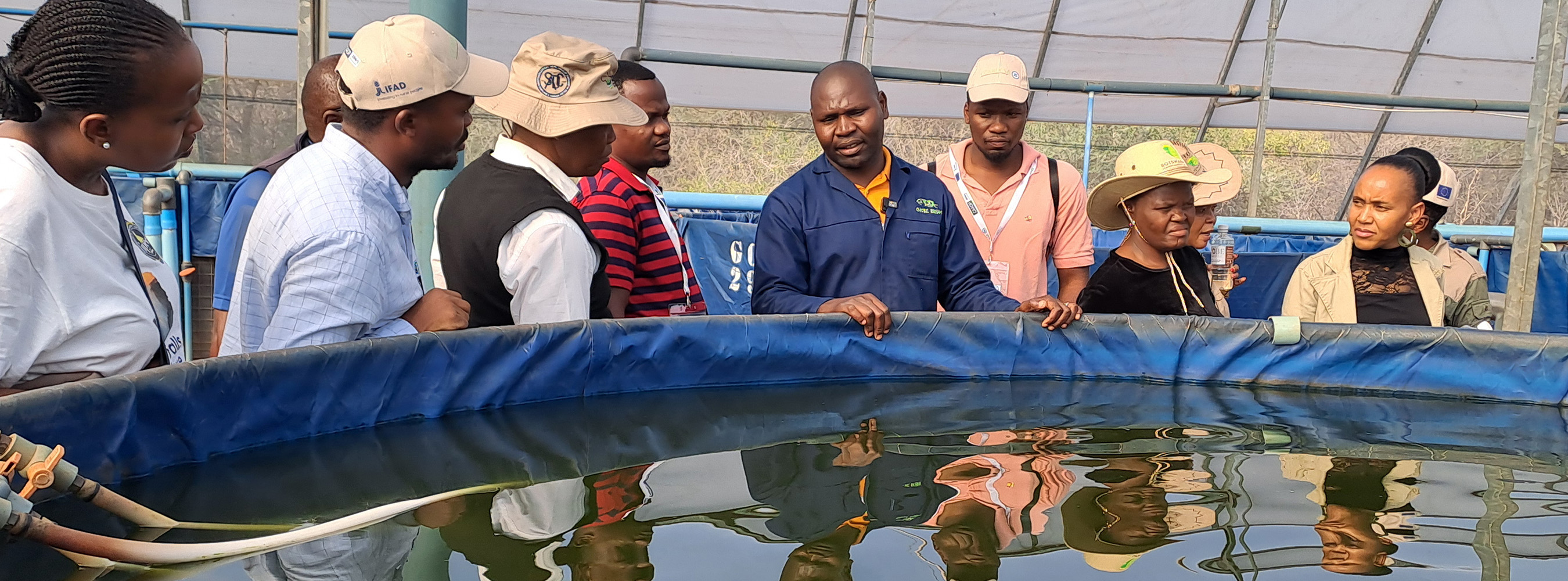Agriculture Intelligente face au Climat : Augmenter la productivité
Les secteurs de l’agriculture des pays en développement absorbent environ 22% de l’impact économique causé par les catastrophes et risques naturels de moyenne et grande échelle. L’intégration d’efforts d’adaptation et de financements dans ces secteurs est essentielle.
L’agriculture intelligente face au climat (AIC) est une approche permettant de définir les mesures nécessaires pour transformer et réorienter les systèmes agricoles. L’objectif est de soutenir efficacement le développement de l’agriculture et d’assurer la sécurité alimentaire face au changement climatique. Elle vise à traiter trois objectifs principaux : l’augmentation durable de la productivité et des revenus agricoles (sécurité alimentaire); l’adaptation et le renforcement de la résilience face aux impacts des changements climatiques (adaptation); et la réduction et/ou la suppression des émissions de gaz à effet de serre (l’atténuation).
Par ailleurs, l’AIC permet d’identifier les systèmes de production, les institutions et politiques favorables, les mieux adaptés pour répondre aux défis du changement climatique dans des conditions précises. Dans un même temps, l’AIC vise à accroître la productivité et/ou les revenus.











